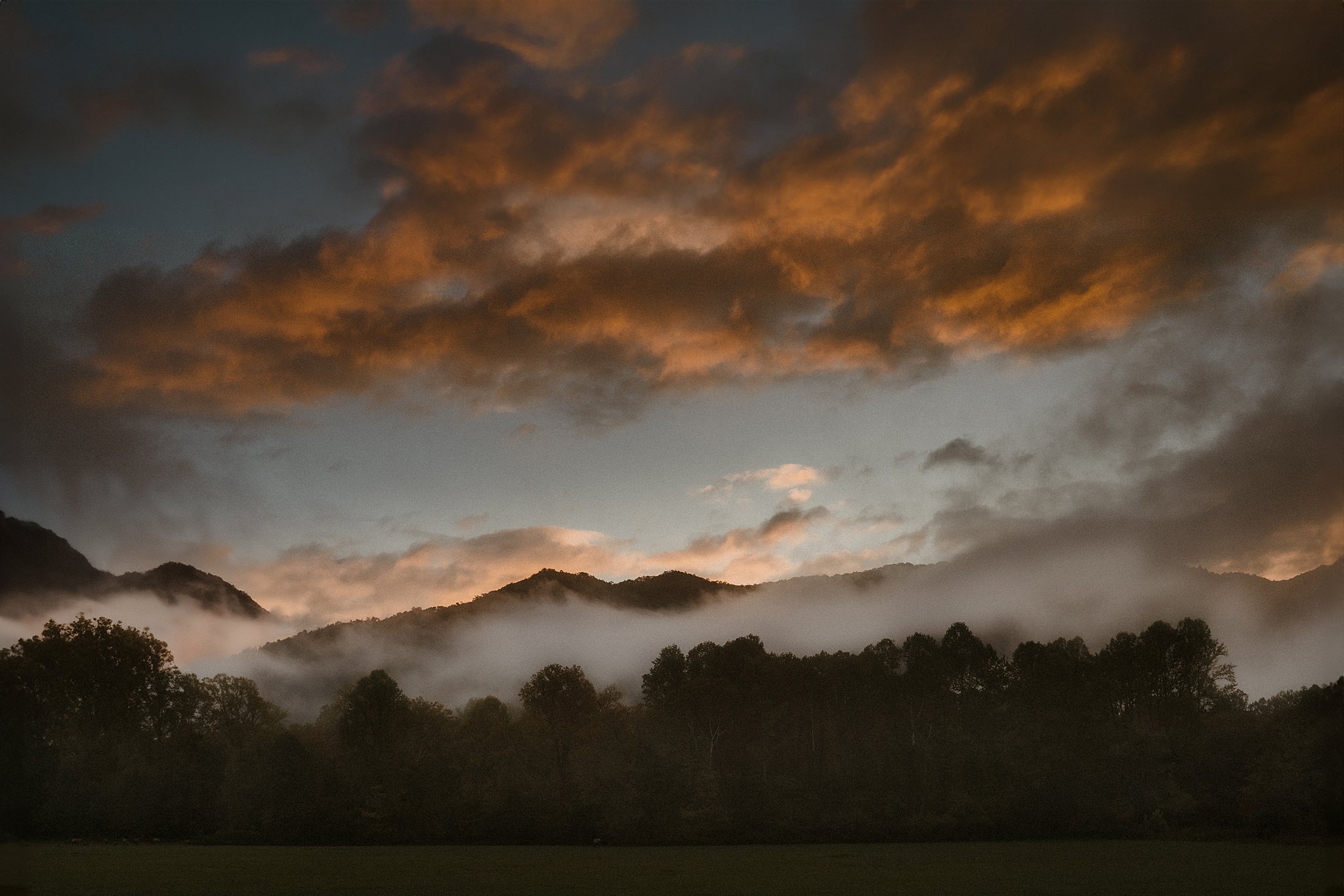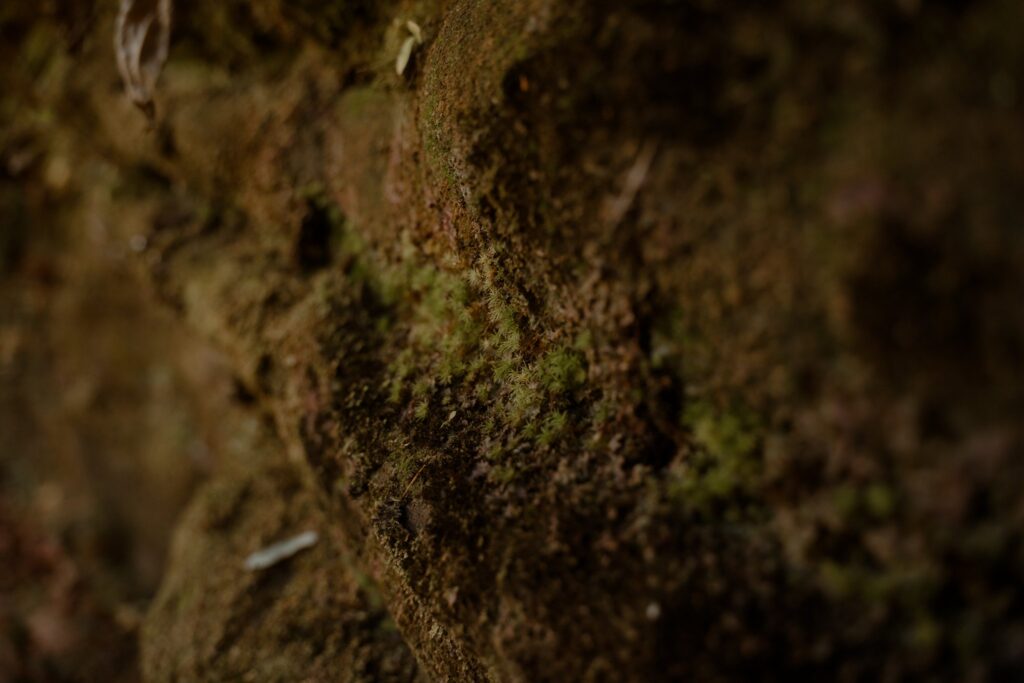Overcoming Imposter Syndrome
Jan 4, 2024

Overcoming Imposter Syndrome
Imagine standing in front of a stunning landscape, camera in hand, ready to capture its beauty through the lens. Yet, as you raise your camera to take the perfect shot, you can’t help but feel a nagging doubt creeping in. Thoughts like:
“Am I really a photographer?”
“Do I have what it takes to be an artist?”
These thoughts start to consume your mind. They make you question your abilities. They make you feel like a fraud.
If you’ve ever experienced this self-doubt in your photography journey, then you have encountered the infamous imposter syndrome and you’re not alone. By uncovering the negative impact it can have on your artistic growth, embracing your unique creative voice, building confidence through skills and knowledge, and ultimately unleashing your inner artist, you will be able to create authentic and impactful work that reflects your true artistic voice. Read on and let’s conquer imposter syndrome together. The world is waiting for your authentic artistry!
Understanding Imposter Syndrome in Photography
In order to truly overcome imposter syndrome in photography, it’s crucial to first understand the negative impact it can have on your artistic journey. Imposter syndrome can be a stealthy and insidious force, silently undermining your confidence and stifling your creative potential. It feeds on self-doubt and comparison, making you question the value of your work and leaving you feeling like an imposter in your own craft.
One of the most significant ways imposter syndrome can hinder your artistic growth is by causing you to hold back and play it safe. The fear of not being good enough or not measuring up to the standards of others can prevent you from taking risks or pushing the boundaries of your creativity. Instead of embracing your unique perspective and exploring uncharted territories, you may find yourself stuck in a cycle of self-doubt and self-censorship.
It has a sneaky way of undermining your artistic voice. When you constantly compare yourself to others or doubt your abilities, it becomes difficult to trust your instincts and fully express your creative vision. You may find yourself trying to emulate the style or subject matter of other photographers who you think have it all figured out, thinking that this is what you “should” be doing instead of embracing your own unique perspective. This can result in generic and unremarkable work that fails to capture the essence of who you truly are as an artist.
It can rob you of the joy and fulfillment that comes from creating art. The constant self-doubt and fear can drain your creative energy and make the entire process of photography feel burdensome rather than enjoyable. Instead of approaching each shoot with excitement and curiosity, you may find yourself paralyzed by fear and unable to fully immerse yourself in the creative process.
A Negative Impact of Imposter Syndrome on Your Artistic Journey
I think it’s important to always root for yourself; the negative impact of imposter syndrome on your artistic journey cannot be overstated. It can hinder your growth as a photographer and prevent you from reaching your full potential. When you are constantly questioning your skills and doubting your abilities, it becomes difficult to take risks, experiment with new techniques, or push the boundaries of your creativity. The fear of failure and the need for validation from others can hold you back from trying new things and exploring different styles of photography.
Imposter syndrome has the ability to hinder your ability to form connections and collaborate with other photographers. When you’re constantly comparing yourself to others and feeling like you’re not good enough, it becomes difficult to genuinely appreciate and celebrate the work of your peers. Instead of viewing their success as inspiration and motivation, you may become resentful or envious, further isolating yourself from the photography community.
Think of a successful photographer that you admire, would you want to take anything they have away from them? Chances are your answer is no. This alone should free your mind to allow you to celebrate their wins in life. Imagine a confidence in your work so powerful that when it’s questioned, leaves you answering “It’s what I like and it’s what I’m drawn to… it speaks to me”.
Embracing Your Unique Creative Voice
Embrace your unique creative voice, tap into your authentic self and create photography that truly reflects who you are as an artist! In a world saturated with photographers it can be easy to feel pressured to conform to certain styles or trends. When you embrace your unique creative voice, you allow yourself the freedom to explore and express your vision without the fear of judgment or comparison.
Embracing your unique creative voice means embracing your quirks, flaws, and idiosyncrasies as an artist.
It means recognizing that your perspective and experiences are valuable and offer a fresh and different viewpoint. Instead of trying to imitate others, focus on cultivating your own artistic signature and expressing yourself authentically through your work.
It’s important to be open to feedback and critique, but don’t let it define your worth as an artist. While it can be valuable to seek input from trusted mentors or peers, ultimately, the decision of what works for you and your photography rests with you. Acknowledge that not everyone will resonate with your style and subject matter, and that is perfectly okay. Embrace constructive criticism as an opportunity for growth, but also trust your instincts and stay true to your artistic vision.
One of my favorite quotes that I have written on a sticky note on my editing screen is:
I am not for everyone so I can reserve my energy for deeper connections.
You’re not going to be for everyone. Not everyone is going to like your work and that’s alright. Save your talents for those who really appreciate it.
By embracing and celebrating your unique creative voice, you can let go of the need for validation from others and instead focus on creating photography that speaks to you personally. Letting go of what others think and fully owning your artistic voice is the key to achieving artistic fulfillment and overcoming imposter syndrome. So, let’s explore how to let go of external expectations and truly embrace your artistic voice.
Embrace Your Inner Artist and Create Authentically
By building confidence through skills and knowledge, you will unlock your full potential as a photographer and gradually overcome imposter syndrome. As you acquire new techniques, deepen your understanding of photography and who you are as a photographer, you’ll become more self-assured in your abilities.
Remember, confidence is not about comparing yourself to others, but rather about embracing growth and continually pushing yourself to learn and evolve. With each new skill learned and each new piece of knowledge acquired, you are one step closer to fully embracing your inner artist and creating authentically.
Embracing your inner artist is a journey of self-discovery and creative expression. It’s about finding your unique voice and using photography as a means to communicate your thoughts, emotions, and perspectives. As you gain confidence in your skills and knowledge, you’ll find that your photography becomes a reflection of who you are as an individual in your current season of your life.
Creating art that is true to yourself requires authenticity. It’s not about trying to replicate someone else’s style or following the latest photography trends. Instead, it’s about tapping into your own experiences, passions, and vision. By nurturing your inner artist, you give yourself permission to explore and experiment, to take risks and make mistakes, and to trust your instincts.
Photography isn’t just about capturing technically perfect images but also about capturing moments that resonate with you on a deeper level. It’s about infusing your photographs with your unique perspective and emotions, creating images that evoke a genuine response from viewers. When you create authentically, your work becomes a powerful tool for self-expression and storytelling.
So, don’t be afraid to be true to yourself and your artistic vision. Hug your inner artist and create without fear of judgment or comparison. GIVE YOURSELF GRACE. Remember that every great photographer started somewhere, and their journey was shaped by their willingness to explore, learn, and express themselves through their work.
Overcoming imposter syndrome requires building confidence, embracing continual growth, and finding inspiration in the works of others. But it is ultimately about connecting with your inner artist and creating authentically. With each step you take in your artistic journey, you are tapping into a well of endless creativity waiting to be unleashed. Trust in your abilities, and let your photography serve as a powerful expression of your true self.
The world eagerly awaits your brilliance! As you grow in your creative journey, remember the words of Pablo Picasso:
“Every child is an artist. The problem is how to remain an artist once he grows up.”
So let’s hold on to that childlike wonder, that boundless curiosity, and that unwavering belief in our artistic vision.







As you set out on your own artistic path, remember that the journey is just as important as the destination. Embrace the ups and downs, the twists and turns, and allow yourself to grow and evolve as an artist. Keep experimenting, pushing boundaries, and exploring new horizons. Seek inspiration everywhere you go and infuse your work with your unique perspective. Share your art with the world and connect with fellow artists who share your passion. And when you get a minute; take the time to read my journal entry Find Your Center to read more about how we can find a little peace for ourselves: https://limbodenphotography.com/2024/01/10/find-your-center/
So, fellow photographer, embrace your inner artist, overcome your imposter syndrome and create fearlessly. The world is eagerly waiting for your authentic artistry. Let your creativity shine.
Muchas gracias. ?Como puedo iniciar sesion?